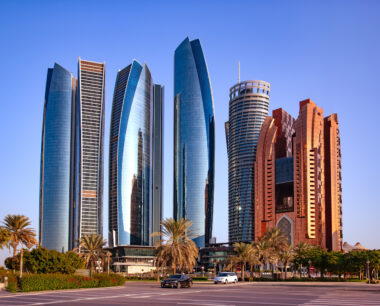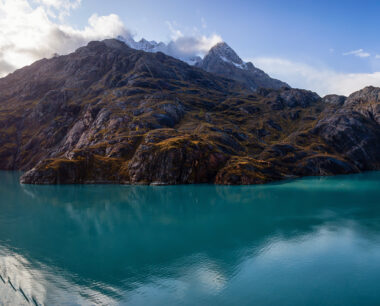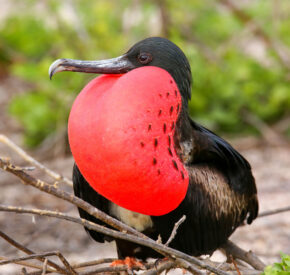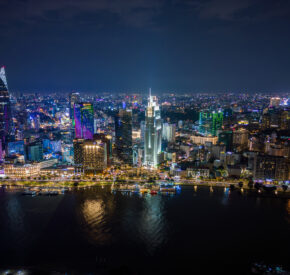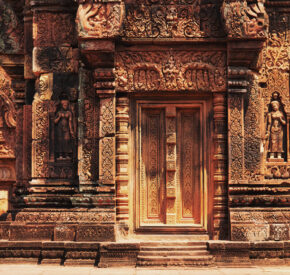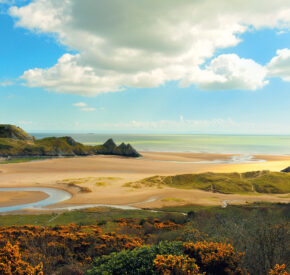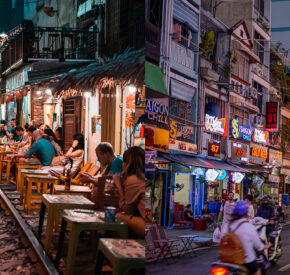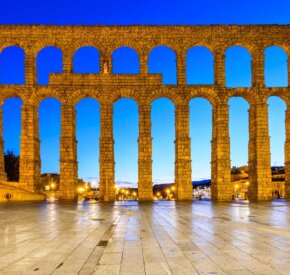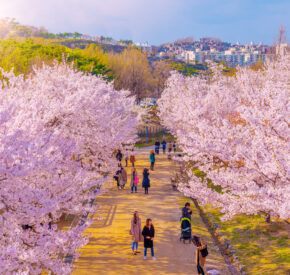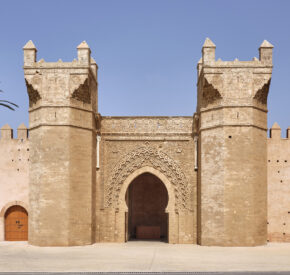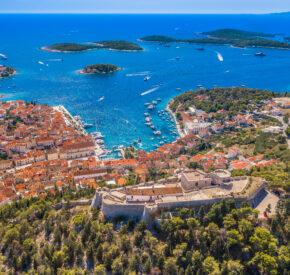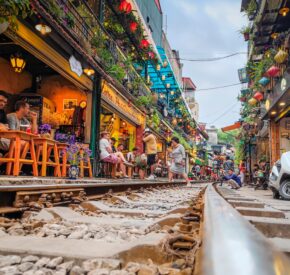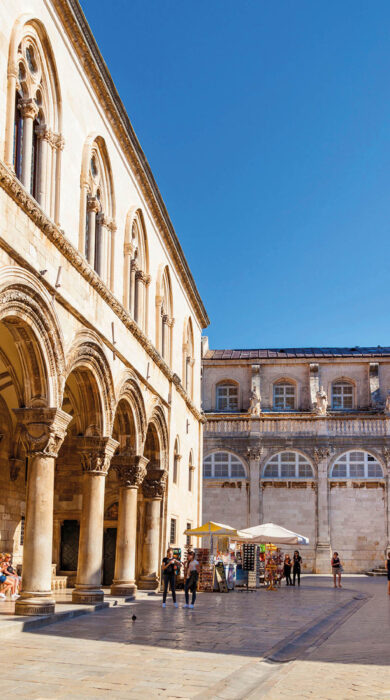
Must-visit museums in Dubrovnik, Croatia
Dubrovnik’s historic streets often distract from the history found within its buildings, especially the city’s trove of museums…
With its pedestrianised Old Town ringed by medieval and Renaissance walls, and its shiny marble lanes lined with Baroque palaces and stone townhouses, you could argue that Dubrovnik itself is an open-air museum. Indeed, 2024 marks the 45th anniversary of the Old Town’s UNESCO World Heritage status. Many visitors are content with walking the city walls, catching glimpses of day-to-day life down below, bowled over by the beauty of its location alongside the twinkling waters of the Adriatic. Others are simply unaware of the cultural treasures within Dubrovnik’s historic buildings.
One of the most striking museum settings in the Old Town is the Rector’s Palace, a magnificent colonnaded mansion with parts dating from the 15th century. Behind its graceful arches lies the Cultural History Museum, a window into the former republic of Ragusa, as Dubrovnik was known from 1358 to 1808. Other Renaissance palaces and townhouses in the Old Town – many, including the Rector’s Palace, rebuilt in Baroque style after the 1667 earthquake – are also home to fascinating collections that range from ethnographic and maritime to natural history and war photography.
Both the Franciscan and Dominican monasteries, which top and tail the Old Town’s main artery, Stradun, hold collections of art and artefacts, while the history of Dubrovnik’s small Jewish community is revealed within its 14th-century synagogue, set in an alley that’s easy to miss.
Walk outside the Old Town’s southern Ploče Gate and you’ll find an impressive 1930s villa that houses the Museum of Modern Art. Just beyond the Pile Gate, at the Old Town’s northern end, is the latest addition to Dubrovnik’s cultural scene: the Wine Museum. And as an antidote to Zagreb’s Museum of Broken Relationships, the Love Stories Museum is a place of ‘happily ever afters’.
In the Gruž ferry port is the Red History Museum, which delves into the story of Yugoslavia, while the more recent past is evoked in the Homeland War Museum at the top of Mount Srđ, whose cable car includes a ticket to the museum. A Dubrovnik Pass includes free entry to 11 museums, houses and galleries, the city walls and public transport.
1. Cultural History Museum, Rector’s Palace
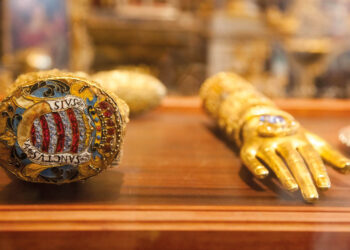
The Rector’s Palace used to be the centre of Ragusa’s government. Today, its atrium is used for classical concerts, whereas most of the palace is given over to the Cultural History Museum, whose 20,000 artefacts lead you through some seven centuries of Dubrovnik’s fascinating past.
The galleries of paintings take you back to the Renaissance and Baroque periods. Here you’ll find the outstanding 16th-century Baptism of Christ by Dubrovnik artist Mihajlo Hamzić, while its collections of furniture, glass, textiles, ceramics, weapons and metalwork give a vivid idea of the wealth of the Ragusan republic in its heyday. You’ll also see how the palace’s Renaissance interior was blended with later Baroque additions after the building was damaged by 15th-century gunpowder explosions and the 1667 earthquake.
More information: Closed Monday (Nov–Mar); dumus.hr
Read next: 12 of the world’s most incredible buildings, from castles to cathedrals
2. Red History Museum
Set in the former TUP graphite factory in the increasingly hip district of Gruž, a short bus ride from the Old Town, the Red History Museum takes on the often misunderstood history of Yugoslavia’s communist years (1945–91) in an enlightening and entertaining way.
Hands-on exhibits (even a vintage Yugo car), reconstructed rooms and offices, and revealing testimonials tread a fine line between the inevitable kitsch – notably in design and fashion – and the serious reality of life under a communist dictatorship. There’s a gallery for temporary art and cultural exhibitions; the museum also hosts special events and workshops during winter.
More information: Closed Sunday (Nov–Mar); redhistorymuseum.com
Read next: The world’s best museum openings and expansions in 2024
3. War Photo Limited

New Zealand photographer Wade Goddard arrived in Croatia in 1992 to document the war that was tearing apart Yugoslavia. Over a decade later, he set up War Photo Limited, a gallery devoted to war photography not just in the former Yugoslavia but also from around the world.
Tucked away off the Stradun, the gallery exhibits works from award-winning photographers and has a permanent collection that includes images from wars in Croatia, Bosnia and Kosovo, as well as a roster of temporary exhibitions on what daily life is like in conflict zones. The result is thought-provoking and powerful. There is also a collection of limited-edition signed prints to buy.
More information: Closed Nov–Mar; warphotoltd.com
Read next: Explore the World Heritage wonder of Trogir, Croatia
4. Maritime Museum
Housed across two floors of the hulking 14th-century Sveti Ivan Fortress, this museum reveals how the Republic of Ragusa became a major maritime force, focusing especially on the period spanning the 14th and 16th centuries. It guides you through this rich history via a sizeable collection, including numerous models of galleons, various treasures found in shipwrecks and cannons, maps, charts and oil paintings.
When the museum was founded in 1949, it was the residents of Dubrovnik who donated many of the original artefacts. Look out for the illuminated painting of the port before the 1667 earthquake. There’s also a selection of photographs showing Dubrovnik in flames when it was under siege by the Yugoslav army (1991–92).
More information: Closed Wednesday; dumus.hr
Best of the rest
Homeland War Museum
When Dubrovnik was under siege by Yugoslavia (1991–92), its front line of defence was Fort Imperial, built by Napoleon’s troops in the early 17th century on Mount Srđ. It’s a fitting location for the Homeland War Museum, which charts the 1990s war as well as the brief period France took over Croatia. mdrd.hr
Museum of Modern Art
Built in 1935, the Museum of Modern Art is an elegant setting for modern and contemporary artworks by Croatian artists, including a large collection by Cavtat-born Vlaho Bukovac. ugdubrovnik.hr
Wine Museum Dubrovnik
Dubrovnik’s newest museum lies in the elegant summer home of the aristocratic Pucić family, outside the Pile Gate. Its displays of Dubrovnik’s early winemakers give an engrossing introduction to the region’s excellent wines. winemuseumdubrovnik.com
Franciscan Monastery and Museum
The 14th-century Franciscan Monastery has some of the most beautiful cloisters in Croatia, along with a collection of Renaissance and Baroque paintings and manuscripts. It also holds one of the oldest working pharmacies in Europe, its shelves filled with ancient jars and bottles.




